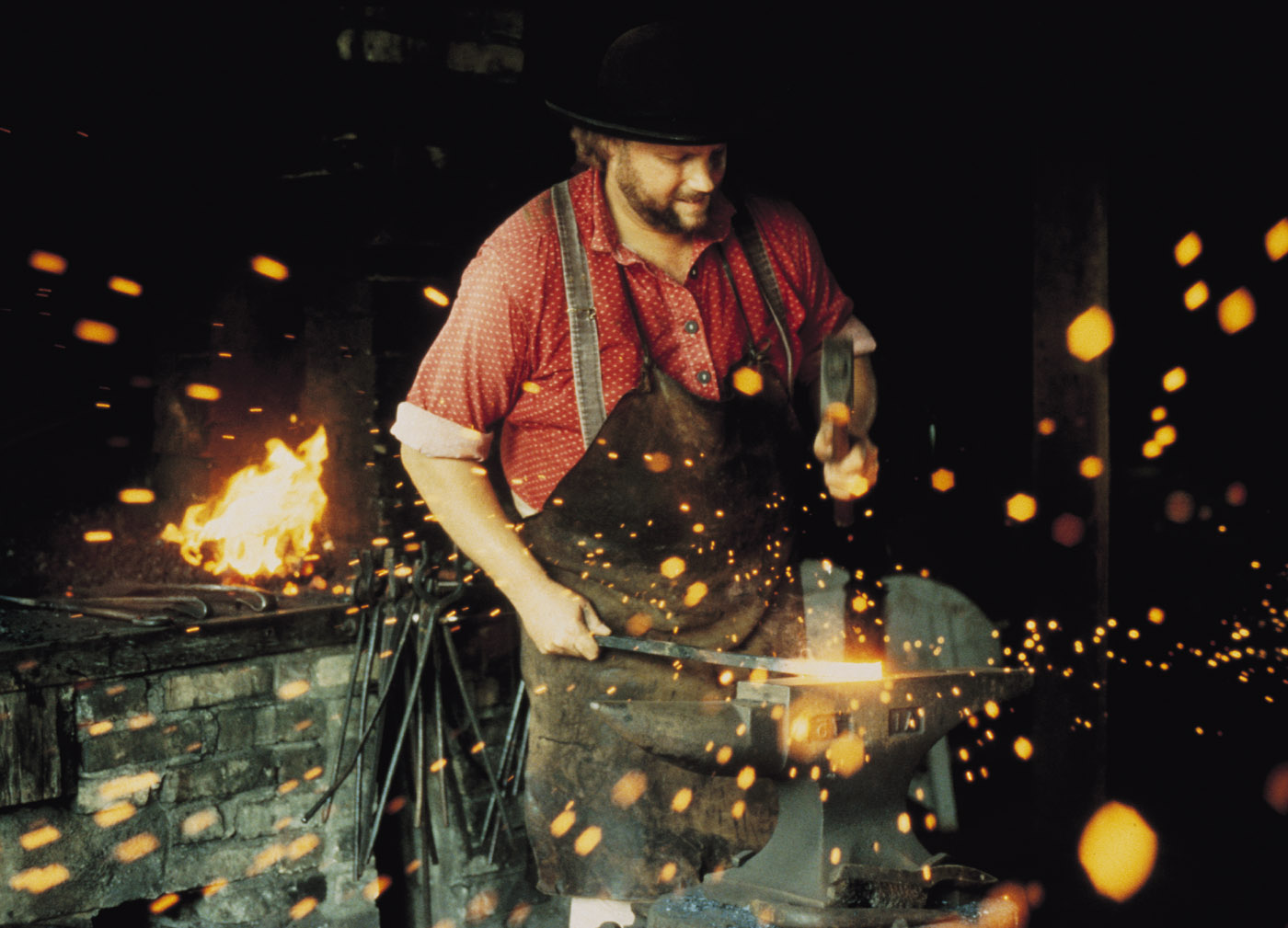Ground Based Hip Mobility Series
A few months ago, I put up a post talking about how I’m trying to get into doing the splits and how some of the best methods I’ve found don’t involve static stretching, but more active mobility work and some dedicated core stabilization work. This caused a few feathers to ruffle, including one commenter on Reddit who said I was “full of shit to think I could get that mobility without any static stretching.” While I am full of a bunch of things (cookies, protein shakes, hatred for Tracy Anderson, love of puppies), this is something I’m not full of due to a twice daily ritual trip to the bathroom.
How I was able to gain some degree of flexibility through my hips in spite of a pretty serious SI joint and low back injury, and how I’ve been able to help a lot of clients get more mobile and control through their mobilities is with the use of active stretching and dynamic mobility. It’s a simple concept that tends to get taken out of the mix in favour of dogmatic approaches, simply because they consistently are being used.
Let’s look at some of the physics for creating movement in a system resistant to movement. I’ll use a blacksmith as an example. If they want to bend a piece of metal, they heat it up to make it more pliable. Then they hammer the living hell out of it or bend it while it’s warm, and then put it back into the fire to heat it again to continue to keep it pliable.
Yeah, you’re man card isn’t nearly as burly as his man card is.
If you were to try to apply a force to the metal as it cooled, the metal would become more resistant to changing shape, and you would need increasingly higher amounts of force to produce a change in shape. Consistently keeping the metal warm and pliable makes shape changes a lot easier.
The reasoning for this is that heat causes the particles within the substance to expand and take up a greater volume. The increased spacing between the molecules means the substance can bend and shape more easily, and as it cools the spacing between the molecules begins to reduce to match it. The one substance that follows a bit of an opposite rule with this regard is water, which tends to expand as it gets closer to freezing, and explains why when Edmonton road crews decide to leave an inch of packed snow on the roads instead of cleaning them off completely, the thaw-then-freeze cycles we get every single year causes a crazy amount of car-swallowing potholes that costs the city millions to fix.
When stretching a muscle, the static holds tend to cause the nerve affecting the muscle to adapt and reduce the force producing capabilities, which means when you try to get up form a sustained hamstring stretch of any length of time greater than 30 seconds, you wind up walking like Bambi for the first time on solid ground. The sustained hold also reduces blood flow into the area and decreases fluid perfusion into the tissues. This is common knowledge stuff among those with some physiology backgrounds.
When you perform some active mobility work, you essentially keep the muscle warm, which makes it more pliable. By holding positions for a short duration and then pumping through a couple different positions, the muscle increases temperature, blood flow into the tissues increases, oxygen delivery increases, Predator can see you more easily with his thermal scan head set, and you start to get the feeling of being more than just bullet-proof. Dare I say, Matrix level??
So with all that in mind, I wanted to show a sample of my own hip and lower body warm up that I use before any heavy lower body work. I change it up and incorporate different movements here and there as I feel the need or if there’s something that’s a little more restricted than something else, but it give you the idea of what an active mobility series could look like. 3 minutes and I’m ready to get into the meat and potatoes of a good heavy workout without feeling like I’m stuck in the mud with stiff and immobile hips that aren’t doing me any favours. Plus, it’s always fun when someone comes up afterwards and says “Hey, what does that work? Your hamstring?”
Enjoy!

20 Responses to Ground Based Hip Mobility Series